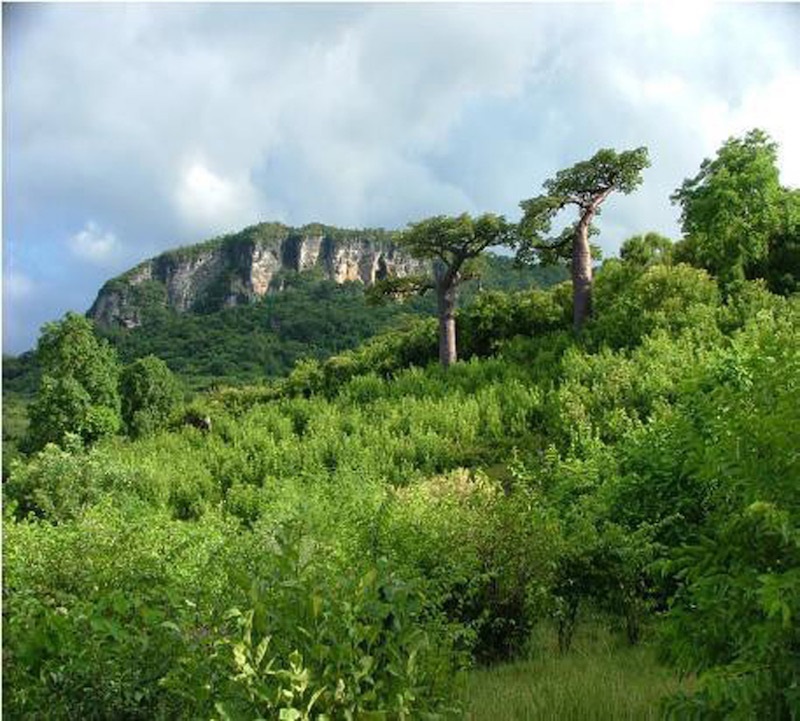Some of the World’s most fascinating and endangered birds are endemic to Madagascar. Yet for its size – and taking into account its profusion of habitat types – Madagascar has relatively few bird species (only about 265). But it holds more endemic genera (37) than any other African country and its 120 endemic species include 5 endemic families, (2 have representatives in the Comoros) and 1 endemic subfamily. Another 25-odd species belong to interesting genera unique to the Western Indian Ocean islands.
To see the bulk of Madagascar’s birds, you’ll need to visit at least 1 site in each of the island’s 3 chief climatic/floristic zones: eastern rainforest, southern spiny bush and western tropical deciduous forest. Each of these holds its own complement of endemics. In addition, a select band of birds is dependent on the island’s dwindling wetlands, so be sure to include certain more accessible marshes, lakes and estuaries in your itinerary. Most birders also visit the transition forest of Zombitse National Park. During a stay of 2-3 weeks, and armed with the 2 excellent new field guides (the outstanding Field Guide to the Birds of the Indian Ocean Islands by Ian Sinclair & Olivier Langrand is particularly user-friendly and clear in its layout); you should be able to tick off most of the sought-after lifers, as well as a remarkable array of mammals, reptiles, frogs, invertebrates and the fascinating flora.
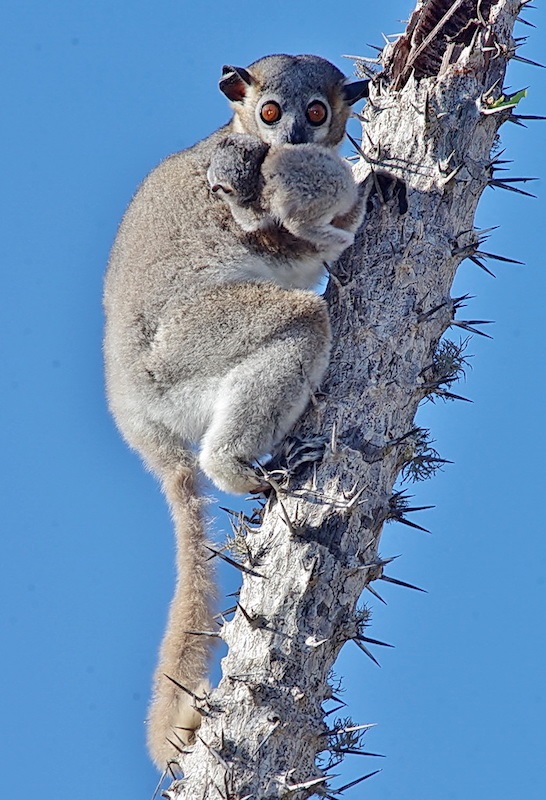
When to go:
Birders tend to visit in the Malagasy spring and early summer, that is from the very end of August to December. In the winter months (May – mid August); the rainforests can be very quiet and many sought-after endemics extremely furtive. Also, in winter some of the more spectacular endemics like asitys, will be out of their impressive breeding regalia. Because lodges and hotels are fairly small at most of the birding venues, it is sensible to plan your trip fairly long in advance, to avoid disappointment. Below is a review of the Birding Hotspots.
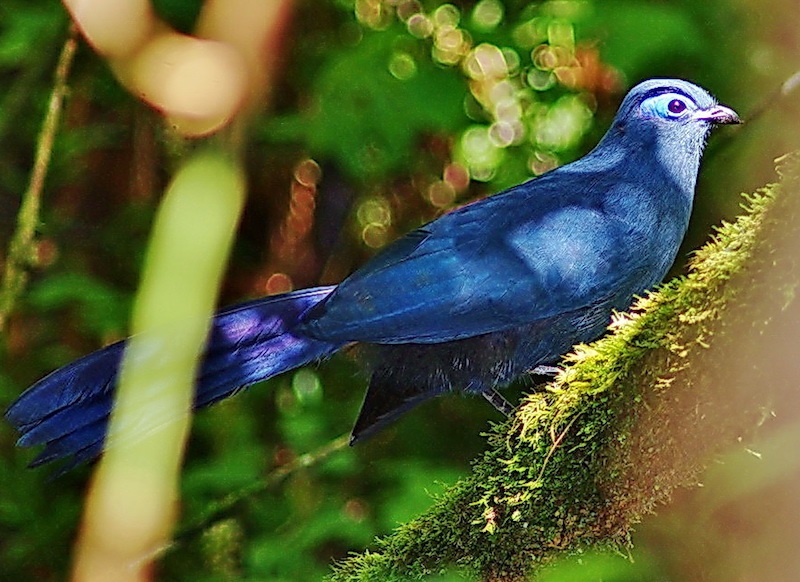
Eastern Rainforest
The now highly fragmented rainforest band known as the great Madagascar Sylva, once covered almost all of humid eastern Madagascar. Some impressive rainforest blocks remain intact today and in these are situated several splendid National Parks which attract birders from around the globe. Malagasy rainforest birding is best in the Austral Spring and early summer (end August to late December). Always be sure to enter the rainforest just before daybreak, as then birding becomes really rewarding. And if it rains while you’re in there, don’t be deterred! As the local saying goes, it takes a lot of rain to have a good rainforest flourishing and rainforest-dependent wildlife tends to be just as active during rainy spells.
Tropical Dry Deciduous Forest
The hot western lowlands of Madagascar hold the last few stands of tropical dry deciduous forest. Here, woods are much lighter and birding is rewarding year round.
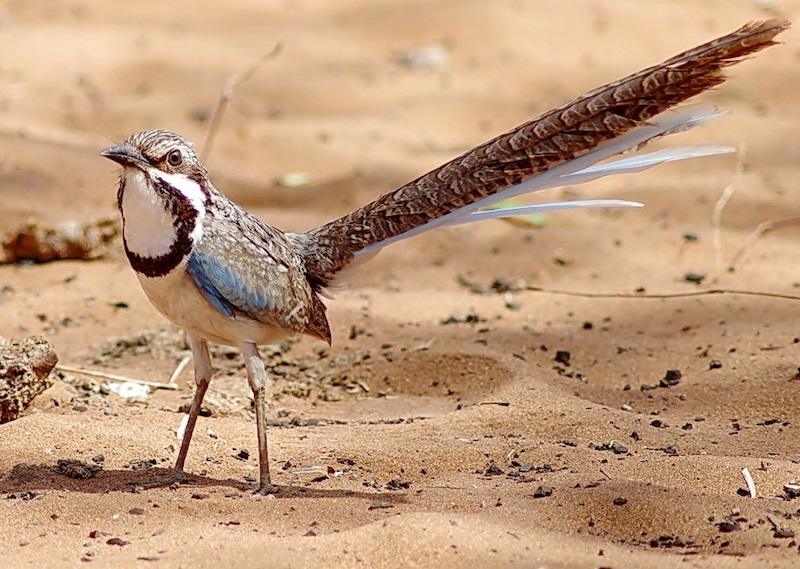
Transition Forest
Straddling the RN7 national road between the Isalo sandstone mountains and the south-west coastal town Tulear is the transition forest of Zombitse, where western and southern forest types merge. Themegatick in this very rewarding 21,500ha birding hotspot is the Appert’s Greenbul, which exists nowhere else. You should also see a wide variety of other endemics, including Madagascar Sandgrouse, Madagascar Partridge, Giant and Olive-capped Couas, Lesser Vasa Parrot, Madagascar Hoopoe, Thamnornis Warbler, Common Newtonia, Common Jery, Long-billed Green & Souimanga Sunbirds and Sakalava Weaver. Zombitse makes for an ideal picnic stop and birding is excellent there all year.
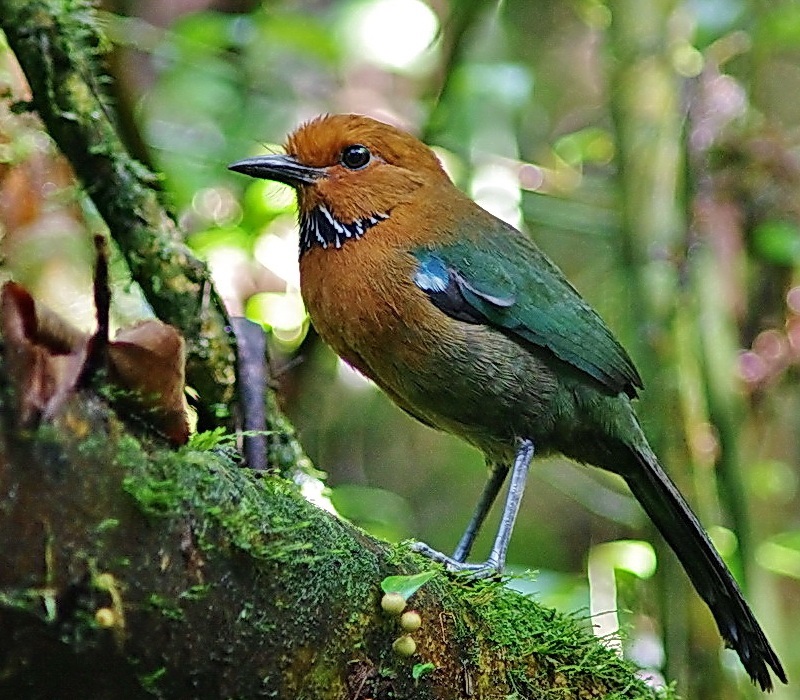
Southern sub-arid thorn thicket
(spiny bush)This bizarre habitat features an assemblage of bloated and thorny, drought resistant trees and plants. It varies considerably in appearance across the region. All the southern sub-desert endemics are concentrated in a small area along the south-west coast, from Ifaty Beach to St Augustin Bay. Birding in the semi-arid south is good year round.
Some top sites include:
Eastern Rainforest – Masoala National Park (Map)
Exceptional birding is to be had in this park, which protects the largest remaining Malagasy lowland rainforest. Aside from nearly all the broadly distributed rainforest endemics, specials like the Brown Mesite, Red-breasted Coua, Scaly Ground-roller and the Helmet and Bernier’s Vangas, abound. 2 extremely rare species; the Madagascar Serpent Eagle and Madagascar Red Owl, find sanctuary here. (Seeing either of these is never guaranteed however, as they are exceedingly elusive). Masoala is usually offered as an optional extension to the standard birding tour.
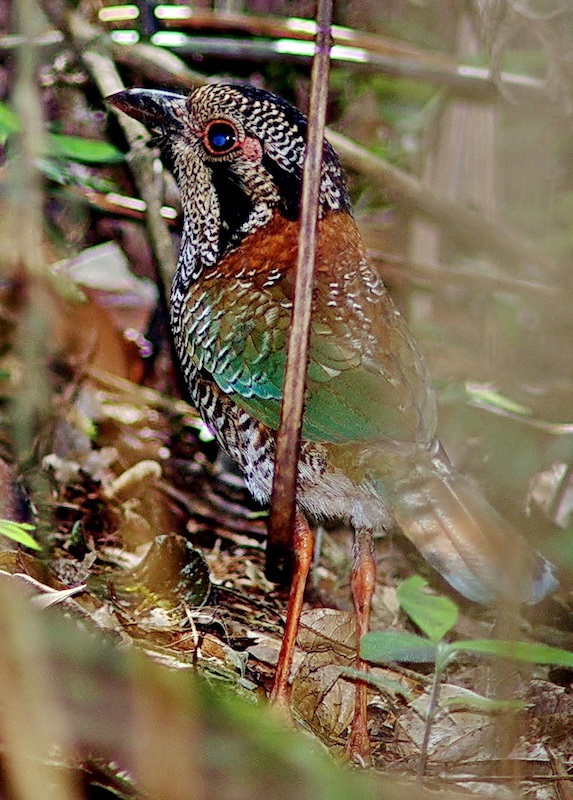
Eastern Rainforest – Andasibe- Mantadia National Park (Map)
Usually, this readily accessible montane rainforest (3 hours drive east of Antananarivo) provides a perfect introduction to Madagascar birding. A 3-day stay here will allow you to explore Perinet, the nearby Mantadia National Park and also one of the local marshes. In Perinet (Analamazaotra/Andasibe) itself, you should tick off many generally distributed Malagasy endemics. Local specials include the Red-fronted Coua, Rand’s Warbler, Coral-billed Nuthatch Vanga and Tylas. With luck, you’ll see Madagascar Wood-rail, Madagascar Flufftail and Collared Nightjar.
A second day in the area should be used for the 10,000 ha Mantadia National Park, a great example of primary montane rainforest. This new park is deservedly becoming one of Madagascar’s most visited birding hotspots. Its denizens include all 4 the rainforest-dwelling ground-rollers, the 3 oxylabes, all 3 rainforest-dependent asitys, Forest Rock-thrush and Brown Emutail. The bizarre Helmet Vanga is now known to occur there too.
NB Two marshes in the area – Torotorofotsy and Ampasipotsy – hold Meller’s Duck, Madagascar Snipe, Madagascar Rail, Grey Emutail and Madagascar Swamp Warbler, among others. This is possibly the best place in which to seek the ultra rare Slender-billed Flufftail.
Eastern Rainforest – Ranomafana National Park (Map)
This very beautiful montane rainforest was declared a national park in the 1980s, primarily to protect various species of Lemur. It is arguably the island’s single best rainforest birding locality. The ideal length of stay is 3 days, which will allow for time to take in some of the half-day or day walks in the park. Resident birds include the wary Brown Mesite, Henst’s Goshawk and Madagascar Long-eared Owl. But heading the wish-lists of most birders are the 4 rainforest dwelling ground rollers. Of these, the pittalike, Rufous-headed and Short-legged are particularly frequently seen in Ranomafana. Other megaticks here include Velvet Asity, Common Sunbird Asity and all 3 oxylabes (Crossley’s Babbler, White-throated Oxylabes and the rare, localised Yellow-browed Oxylabes); the Gray-crowned Greenbul, Forest Rock-thrush and Pollen’s Vanga. Up on the high ridges, look for the Yellow-bellied Sunbird Asity, Brown Emutail and recently described Cryptic Warbler. At the nearby Vohiparara marsh, you might see the Madagascar Rail, Madagascar Flufftail, Grey Emutail and even the elusive Slender-billed Flufftail.
Spiny Bush – Ifaty Beach & Forest (Map)
29km north of the town Tulear by deeply rutted road you will find Ifaty Beach, the most important birding locality of the dry south. Here the euphorbia-didieraceae bush is at its tallest, with bottle baobabs and octopus trees being prominent features. Highly localised megaticks include the sub-Desert Mesite and Long-tailed Ground-roller as well as LaFresnaye’s Vanga and Archbold’s Newtonia. Look also for the Running Coua and Sub-desert Brush-warbler. Ifaty is also an excellent place in which to seek the uncommon Banded Kestrel, as well as the White-browed Owl (before dawn); Madagascar Nightjar and Madagascar Buttonquail.
Spiny Bush – St Augustin Bay (Map)
30kms south of Tulear is St Augustin Bay, where the vegetation is considerably lower than that in Ifaty. It is referred to as coral ragg scrub. The impressive baobabs and octopus trees are replaced by much bushy euphorbia and some bloated moringa trees. This is the best place in which to look for far southern specials like Verreaux’ Coua, Littoral Rock-thrush and the recently described Red-shouldered Vanga. When passing small roadside puddles, keep an eye open for the increasingly rare Madagascar Plover.

Tropical Dry Deciduous Forest – Ankarafantsika Reserve & Ampijoroa Forest Station (Map)
The place included on all birders itineraries is Ampijoroa Forest Station, the tourist-accessible part of the Ankarafantsika Reserve. The local specials are mostly not hard to find: look for White-breasted Mesite, Coquerel’s and Red-capped Couas and Van Dam’s Vanga. Less easily seen is the Schlegel’s Asity. Several vangas are quite common, including the Sicklebill, Rufous, Hook-billed, Blue and Chabert’s Vangas. Raptors abound, including the very rare Madagascar Fish Eagle, Madagascar Gymnogene, Madagascar Buzzard, Madagascar Sparrowhawk and Frances’s Sparrowhawk. More generally distributed species often encountered here include Madagascar Crested Ibis, White-throated Rail, Greater Vasa Parrot, Madagascar Green Pigeon and Madagascar Pygmy Kingfisher. At nearby wetlands, you might find Humblot’s Heron, Madagascar White Ibis, Madagascar Jacana, Madagascar Pratincole and if you are very lucky, the rare Madagascar (Bernier’s) Teal. (If you have a day to spare in the Mahajanga area, a boat excursion into the Bombetoka Bay may also deliver the wetland endemics).
Major Source: Fatbirder
Map Source: Googlemaps™
Photo Source: © Birding Ecotours

